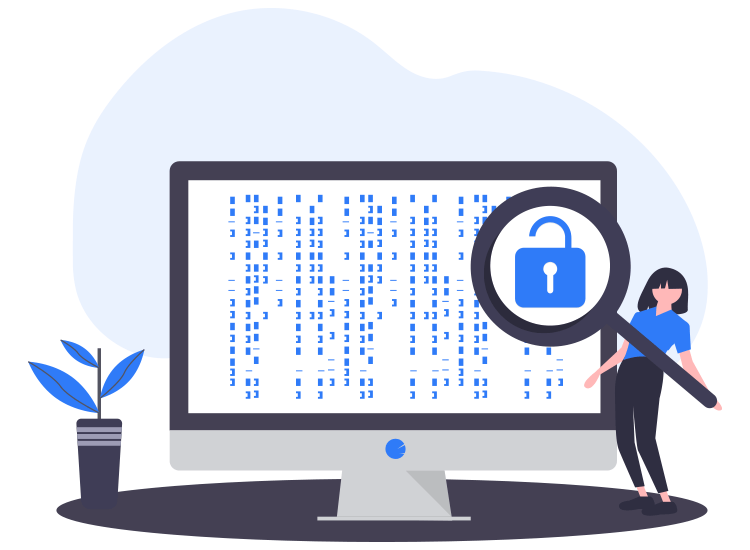
A Zero-day exploit is related to vulnerabilities in device hardware, software, or firmware: these are unknown to the security experts and software vendors. It is often seen that in such kind of cyber attacks the day on which the voids are detected the attacks take place on the very same day, that’s where it gets its name Zero-Day.
As soon as the attackers spot the vulnerability, they exploit it and use it for digital attacks which have a high possibility of success.
Some of the common attack vectors for Zero-Day exploits are:
- Email Attachments.
- Web Browsers.
- Different types of files including Flash Drive, PDF, Excel, Word, etc.
What are the Common Attack targets of Zero-Day Exploits?
- Large Enterprise-Level organizations.
- Individual home users and the ones who have access to confidential government data and intellectual property.
- Government organizations.
- Firmware device along with many hardware components.
- In some cases, it is also seen that Zero-day exploits are used by government officials to target individuals aiming at breaching national security.
Since a large number of parties are benefited from zero-day attacks, there exists a massive market for it. Along with a white market, there also exists a black and grey market.
Popular Zero-Day exploits
- CVE-2016-4117 – This was used to exploit the unidentified loopholes in Adobe Flash Player.
- CVE-2016-0167 – This Zero-day attack affected almost 100 organizations with Microsoft as its major target.
- CVE-2017-0261 – In this PostScript was used to spread the malware infection.
Detection of Zero-Day Attacks
The intense working methodology used for zero-day attacks makes its detection highly difficult. However, there are few methods that can help you detect such malicious vulnerabilities and attacks.
- Patch Management: Releasing security patches as soon as a vulnerability is detected can help in managing the effects of zero-day attacks. Although it cannot prevent it completely, it still has the capacity to reduce further losses. Regular software updates are released to patch previous vulnerabilities and reduce the risk of future attacks.
- Vulnerability Scanning Solutions: Although it is nearly impossible to scan system and software vulnerabilities, security experts stimulate attacks on various conduct codes, software codes to identify new errors. Software developers should act on the result of stimulation results and sanitize their codes accordingly.
- Input Sanitization and Validation: Another effective preventive method is the development of web application firewalls. These firewalls are specifically designed to inspect and filter website traffic for infected codes and malicious malware.
In addition to this RASP (Runtime Application Self Protection) is also used as an effective prevention measure. It is used to inspect the application code and request payload during execution and different normal and infected requests.


1 Comment